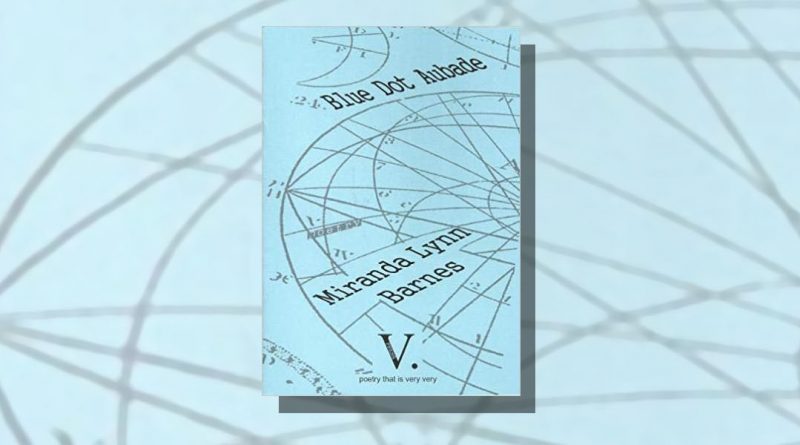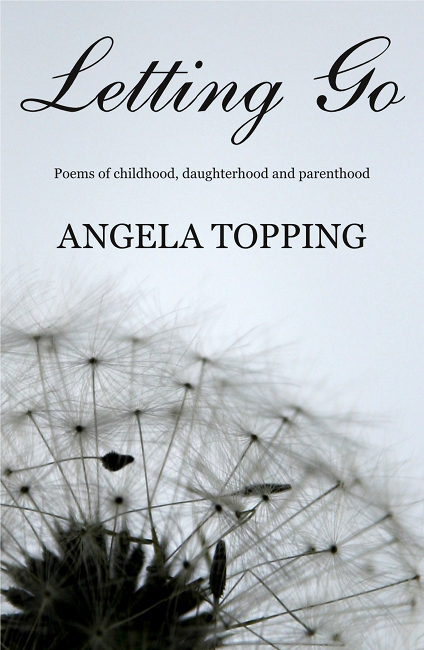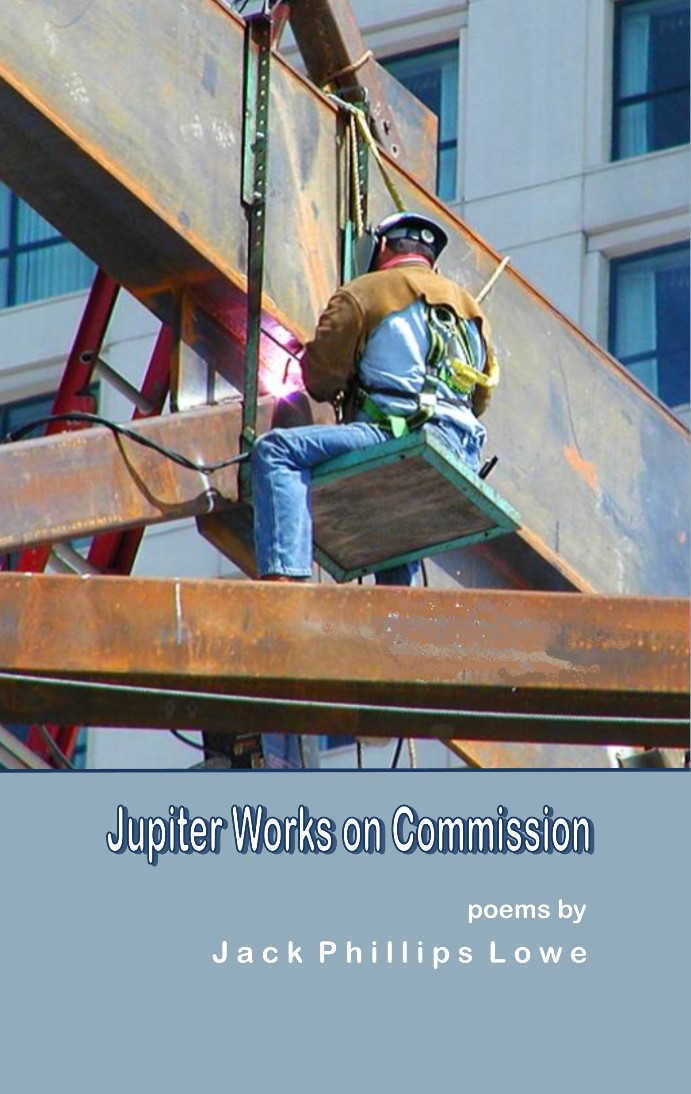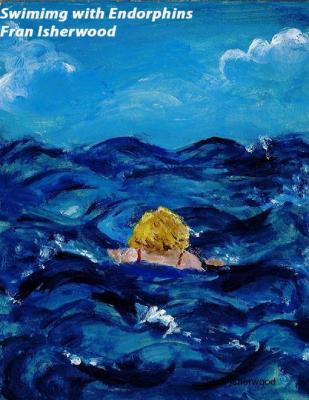Blue Dot Aubade by Miranda Lynn Barnes
-Reviewed by Emma Lee-
Blue Dot Aubade uses astrophysics and human experience through poetry to create a wider understanding of both. Although rooted in science, readers do not need an understanding or foreknowledge of science to appreciate the poems, which seek to communicate and explain. In ‘The Lapidary at Green Lake’ a young girl makes a universe
A whirl of planets around her wrist:
agate, tiger’s eye, turquoise –
opal moons suffused in orbits
ubiquitous as fireflies in June. She chooses
a pair of hooks to make an earring,
strings the wire with ovals of amber,
a grain of tumbled azurite, red sphere
of jasper, a pendulum of solecite
While the poem is very visual, the specific names of gemstones make it easy to see how the planets and moons are represented, it also makes good use of sound patterns, particularly vowel sounds, to create echoes and give this imaginary universe a framework. Even poems that focus on physics, steer clear of formulae and numbers, the long poem ‘Cheating Light’ starts
Physicists have found a way
to break the law: a trick with light.
The light is pumped in laser pulses
around two intersecting loops
of fibre-optic cable, uneven
in their length –
where the two make contact
the light will swing around and split,
swapping photons at the meeting point.
It gives the experiment a set of visuals: two cables intersecting and light pulses that come into contact. Later the poem proposes
if I pass from my particles before you,
you can share some of your light
and together we can travel
in the same direction forever.Maybe we can break the rules
while we’re here: let our souls seep
into the dark, loop around each other
An eternal afterlife that follows light, cheating the separation of death. Throughout the pamphlet 12 ‘Foundation Stone’ poems reference the Biblical Book of Revelation with each gemstone creating a founding stone of a new heaven and earth, astronomical phenomena captured by the Hubble Space Telescope and a human experience. ‘Foundation Stone Five’ is “Agate: Composite Image of Jupiter Storms”, which starts with images of red and anger
He was a storm that would engulf my whole planet, the vicious tempest circling from years before, striking at his worst. Thunder still jolts me now, though the fires have long gone out.
The inside of my body feels made from the stillness of wire, and under my skin a hot burning like a coal seam. His name arrives and presses granite into the back of my teeth.
This memory flares. He splits into tongues. He forks his tongue to taste the air for fear.
He curses. It isn’t there. Because he looks for me, and I am gone.
I will not feed him anymore.
The voice is that of someone on the receiving end of someone else’s anger, who has got used to someone’s explosive temper and is teaching themselves not to react. The forked tongue is suggestive of a snake’s tongue and snakes use their tongues to taste the air for the scent of prey. But the speaker has learnt to keep still, not react and foil the anger.
Another foundation stone poem, ‘Hyacinth/Jacinth: Cartwheel Galaxy Foundation Stone Eleven’ sees the narrator driving back from an airport with her father through a storm
He tells me it’s okay to turn the headlights off, just for a moment, just stay steady. Rising on the crest of the road, all around us in strikes and flares, a violet helm of sky-fire. For that moment we are lifted up into it, suspended in the centre, lit inside the turning spokes of a lightning-wheel.
The drive is stopped while the driver and passenger witness the storm, there’s a sense of awe – it’s not clear if the “lifted up into it” is a literal or emotional truth and it doesn’t really matter which since the witnesses are caught in the storm’s eye and feel as if in the middle of a Catherine Wheel.
The title poem is the last poem and takes its inspiration from Voyager 1 spacecraft’s photograph of earth on 14 February 1990 from beyond Neptune. Dawn breaks and the speaker addresses “you” who is just waking up
Your lashes flutter, and like a shutter
your eyelids open: rings of blue beneath
dilate to capture the image of my face
above you. Suspended there, I know
that even at the measure of a million miles,
in a silent sea of space, your eyeswould still be home.
There’s a sense of love and awe at the reaction of someone watching a lover wake up next to them.
Blue Dot Aubade has a strong sense of humanity and wonder at its core, exploring values of compassion and curiosity through astronomical phenomena. It doesn’t require the reader to have a knowledge of astrophysics or seek to confound with complex, condensed explanations. Through astrophysics, Miranda Lynn Barnes has created a new way of looking at human issues and how we fit in the wider universe.





